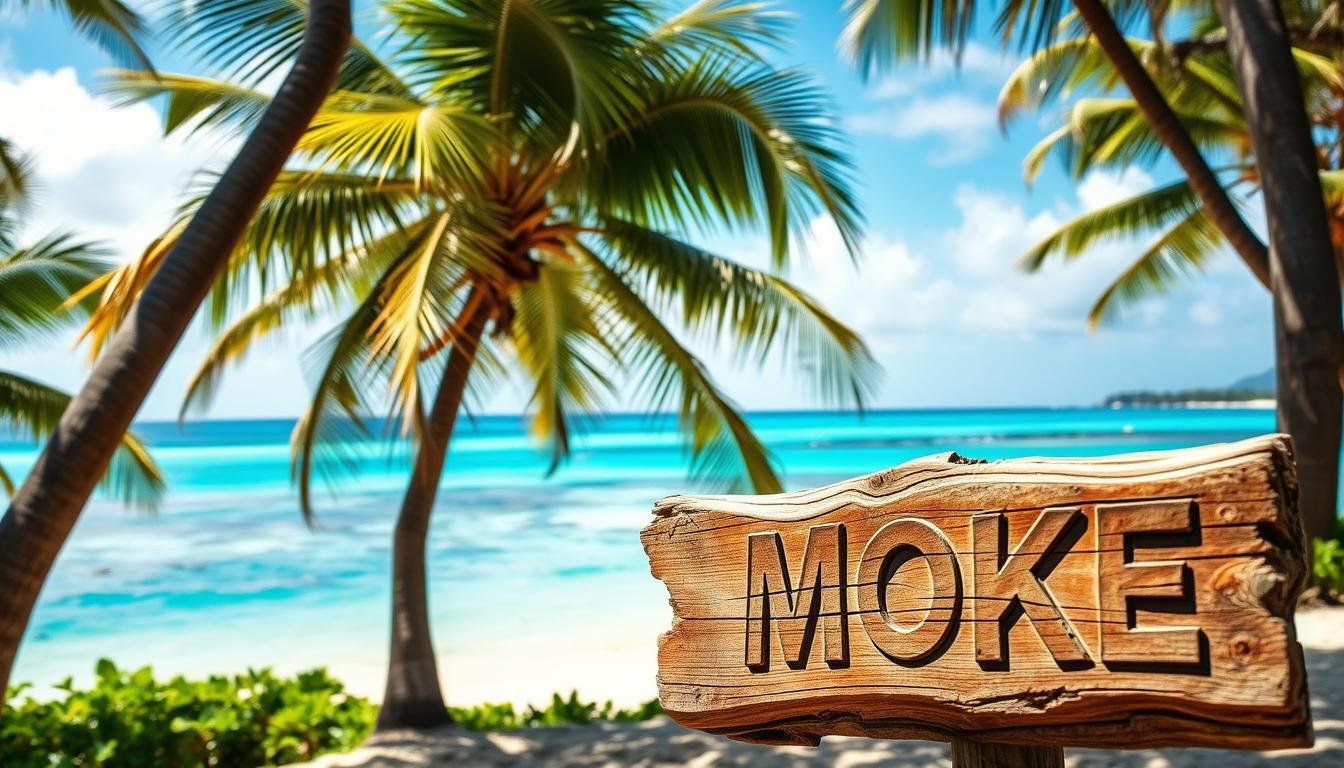In Hawaiian culture, the term “moke” is very important. It shows a deep history and cultural identity. The word is more than just a term; it’s a peek into the islands’ past.
It tells stories of resilience, adaptation, and the unique cultural heritage of Hawaii.
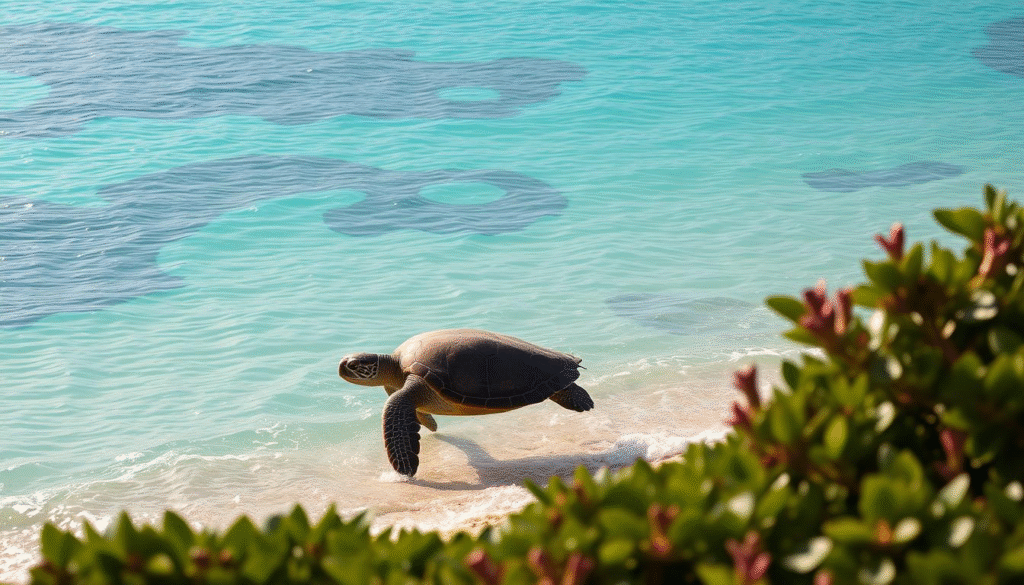
Knowing the moke definition hawaiian is key to understanding its value. It’s a term deeply embedded in Hawaiian society. It symbolizes values and historical events that are central to the Hawaiian way of life.
Key Takeaways
- The term “moke” is deeply rooted in Hawaiian culture and history.
- Understanding its meaning provides insight into Hawaiian identity.
- The term reflects the resilience and adaptation of Hawaiian society.
- “Moke” is a significant part of Hawaii’s cultural heritage.
- It symbolizes important values and historical events in Hawaiian history.
The Origin and Definition of “Moke” in Hawaiian
The term ‘moke’ has a rich history in the Hawaiian language, dating back centuries. To grasp its importance, we must explore its etymology and traditional meaning in Hawaiian culture.
Etymology and Historical Background
The etymology of ‘moke’ is complex, shaped by interactions between native Hawaiians and foreign visitors. Early definitions of the word reflect cultural exchange and linguistic adaptations. “Moke” was initially tied to the changing dynamics of Hawaiian society during significant foreign contact.
A key aspect of understanding ‘moke’ is its evolution through Hawaiian history. This includes the impact of external influences on the language. A Hawaiian language expert notes, “The adaptation of foreign words into the Hawaiian language shows the dynamic nature of linguistic and cultural exchange.”
Traditional Hawaiian Definition
In traditional Hawaiian, “moke” has been defined in various ways. It is often tied to specific cultural or social contexts. The word’s meaning changes based on the situation, showing the nuances of Hawaiian communication.
“Moke” is a term that encapsulates a range of meanings tied to the cultural practices and social norms of traditional Hawaii.
Its usage is deeply rooted in understanding Hawaiian customs and historical context.
Knowing the traditional definition of “moke” helps us see its role in Hawaiian society. It shows how it has been interpreted over time. This knowledge is key to appreciating the word’s cultural significance and its ongoing relevance in modern Hawaiian culture.
Cultural Context of “Moke” in Hawaiian Society
To grasp the meaning of “Moke” in Hawaii, we must explore the islands’ history and traditions. The term “Moke” is a key part of Hawaiian culture, showing the islands’ rich heritage.
Social Implications in Traditional Hawaii
In traditional Hawaii, “Moke” had big social meanings. It was linked to social status and roles in the community. It was used to describe people from different backgrounds and jobs.
For example, “Moke” sometimes meant people of European descent. This shows the complex mix of cultures in Hawaii.
- The term was often associated with foreigners or non-Hawaiians.
- It carried connotations that varied depending on the speaker’s perspective.
- The usage of “Moke” reflected the multicultural nature of Hawaiian society.
Regional Variations in Usage
In different parts of Hawaii, “Moke” means different things. This shows the islands’ complex cultural scene. For instance, in some places, “Moke” refers to certain ethnic groups.
In others, it has a broader or different meaning. Key regional factors influencing “Moke” usage include history, cultural exchange, and local traditions. Knowing these variations helps us understand “Moke” better in Hawaiian society.
Evolution of “Moke” in Modern Hawaiian Culture
The term “moke” in Hawaii has changed over time. It shows how the islands’ culture has evolved. Today, “moke” is important in the local community, even as society changes.
Shift in Meaning Over Time
At first, “moke” had a certain meaning in Hawaiian society. But now, its meaning has shifted to fit today’s world. This change is due to cultural exchange, new technology, and changing values.
The old meaning of “moke” has grown to include new uses. It’s now used in many ways, showing how language and culture in Hawaii are always changing.
Contemporary Usage Among Locals
Today, “moke” is used in different ways by locals. It shows how creative and adaptable the community is with language. People use “moke” to show friendship or to talk about their cultural identity.
Usage Examples:
| Context | Usage | Significance |
| Informal Greetings | Using “moke” as a friendly greeting among peers. | Signifies camaraderie and shared cultural background. |
| Cultural Events | Referring to someone as “moke” during cultural festivals or events. | Reflects respect and acknowledgment of cultural heritage. |
| Colloquial Language | Incorporating “moke” into everyday conversations. | Adds a layer of local identity to the language. |
Looking at how “moke” is used today, it’s clear it’s a key part of Hawaiian culture. It has changed to meet the community’s needs but keeps its historical value.
“Moke” in Hawaiian: Linguistic Analysis and Cultural Value
Exploring “moke” in Hawaiian shows its key role in culture today. This term is deeply rooted in the Hawaiian language. Knowing its parts can give us a deeper look into its cultural importance.
Pronunciation and Grammatical Context
The word “moke” is pronounced with a strong first syllable, /ˈmoʊkeɪ/. It acts as a noun and can mean different things in various situations. For example, it can mean someone of mixed ancestry or a casual term among locals.
In traditional Hawaiian, “moke” follows certain rules for how it’s used. This shows the language’s complex nature. It’s often used in casual talks, showing the cultural side of communication among Hawaiians.
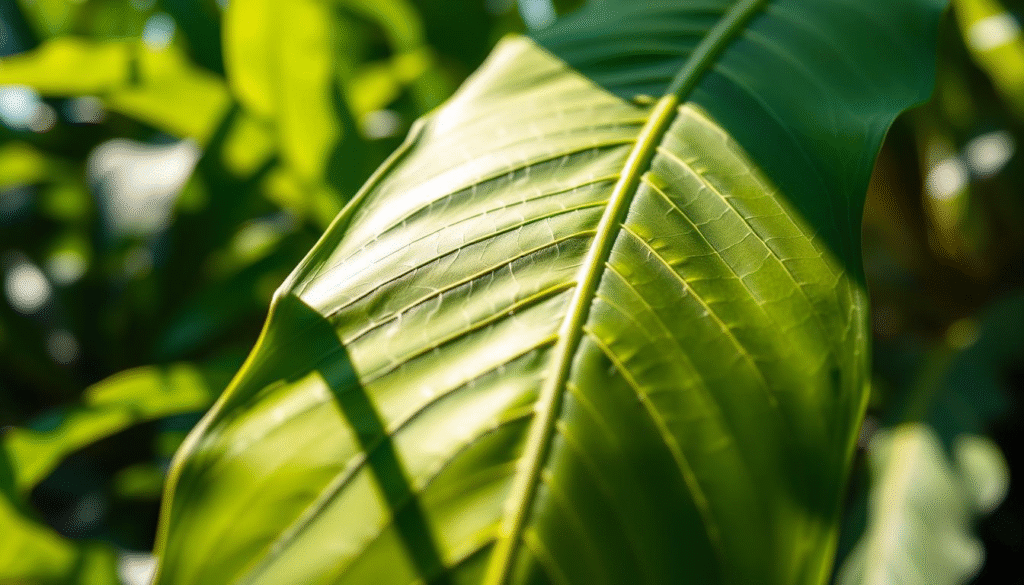
Related Hawaiian Terms and Expressions
There are many Hawaiian terms linked to “moke,” each with its own meaning. For instance, “hapa” means someone of mixed heritage, like “moke.” Learning these terms helps us appreciate the Hawaiian language’s depth and variety.
Expressions with “moke” are also common in Hawaiian culture. Phrases like “moke ‘ele’ele” describe someone with dark skin. This shows the language’s ability to describe things clearly.
The value of “moke” in Hawaiian culture is clear. It represents the islands’ cultural identity and heritage. It shows the history and diversity of Hawaii.
Cultural Products and Media Featuring “Moke”
“Moke” is a term that has become a part of Hawaiian culture. It appears in many media and products, showing its importance in Hawaiian society.
Books and Publications
Books and publications often use “moke” to describe characters or practices. In Hawaiian literature, “moke” can mean a certain type of character. Authors use “moke” to give readers a deeper look into Hawaiian traditions and values.
Films and Television
In Hawaiian movies and TV, “moke” adds authenticity to the stories. Characters called “moke” show certain traits. This helps audiences learn about Hawaiian culture. A famous example is a TV series with a character named “moke.”
Music and Art References
“Moke” is also seen in Hawaiian music and art, showing cultural identity. Artists use “moke” in their work to highlight its importance. For example, a musician might use “moke” in song lyrics to express pride in culture. The table below shows some examples of “moke” in cultural products.
| Media Type | Examples | Cultural Significance |
| Books | Hawaiian literature, cultural studies | Describes characters or cultural practices |
| Films and TV | Hawaiian films, local TV series | Adds cultural authenticity, portrays cultural traits |
| Music and Art | Local music, cultural art exhibitions | Symbolizes cultural identity and heritage |
In conclusion, “moke” is a term that has been used in many cultural products and media in Hawaii. It shows the deep importance of “moke” in Hawaiian culture.
Common Misconceptions About “Moke” in Hawaiian
The word “moke” in Hawaiian often gets misunderstood, mainly by tourists. They might not know its true meaning and cultural importance. It’s key to grasp the real meaning of “moke” to truly understand Hawaiian culture.
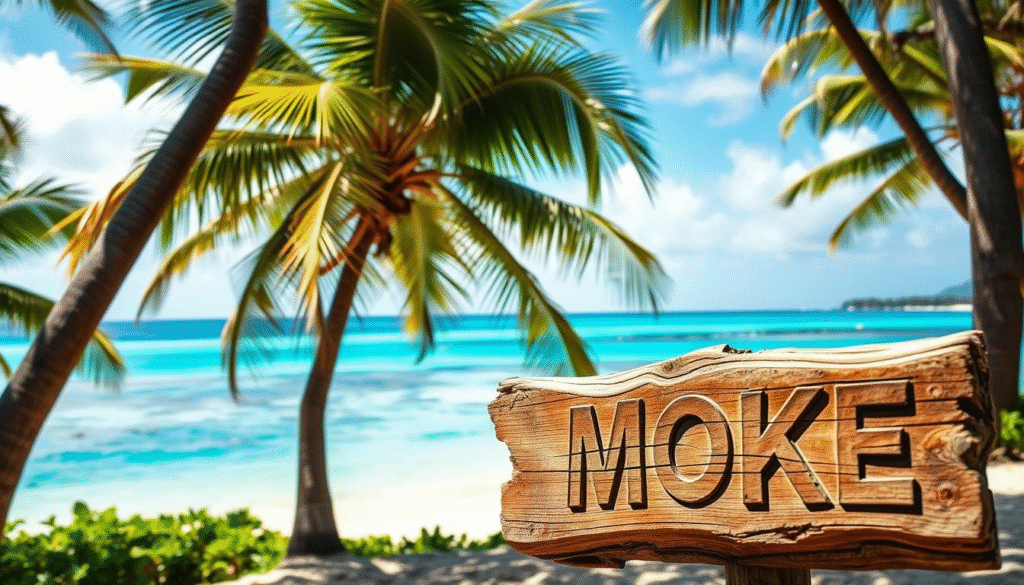
Tourist Misinterpretations
Tourists often get “moke” wrong because they don’t know its cultural background. Some common mistakes include:
- Using “moke” as a generic term for “friend” without understanding its historical connotations.
- Assuming “moke” is a modern slang term instead of a word with deep cultural roots.
- Mispronouncing “moke,” which can change its meaning or make it nonsensical in Hawaiian.
These mistakes can lead to unintentional disrespect or misuse of the term. It shows the importance of cultural sensitivity and education.
Clarifying Cultural Appropriation Issues
Cultural appropriation happens when Hawaiian culture, like the term “moke,” is used without proper respect or understanding. To avoid this:
- Learn about the cultural context and history behind terms like “moke.”
- Be careful with how and when you use Hawaiian terms, making sure they’re used respectfully and correctly.
- Support efforts to preserve Hawaiian culture and education.
By understanding these issues and educating ourselves, we can build a more respectful and appreciative bond with Hawaiian culture.
Respectful Usage Guide: When and How to Use “Moke”
“Moke” is a special term in Hawaiian society. It’s more than a word; it’s a cultural symbol with deep meaning. Knowing how to use it shows respect for Hawaiian culture.
It’s important to know when and where to use “moke” to avoid misunderstandings.
Appropriate Contexts
In the right places, “moke” shows friendship or respect. Locals and at cultural events, it’s a way to bond or show respect. For example, among friends or at community events, it’s a sign of affection or unity.
Inappropriate Contexts
But, there are times when “moke” should not be used. Using it in a negative way or in formal settings without understanding its cultural value is wrong. It’s also wrong to use it to mock or stereotype Hawaiian culture.
Perspectives from Native Hawaiians
Native Hawaiians stress the importance of knowing “moke’s” cultural and historical background. They say it’s not just a word but a reflection of their values and identity.
“The term ‘moke’ is deeply rooted in our culture and history. It’s not just a word; it’s a reflection of our values and identity.”
–
Nani Kanaka’ole, Cultural Practitioner
Their words remind us to use “moke” with care and respect.
| Context | Appropriate Usage | Inappropriate Usage |
| Informal Gatherings | Using “moke” to signify friendship or respect | Using “moke” in a derogatory manner |
| Cultural Events | Using “moke” to show cultural solidarity | Using “moke” as a caricature or stereotype |
| Formal Settings | Using “moke” with proper understanding and respect | Using “moke” without understanding its cultural significance |
By respecting “moke’s” cultural value, we can create a more welcoming and sensitive space for everyone.
Impact of “Moke” on Hawaiian Cultural Identity
“Moke” is key in shaping Hawaiian cultural identity. It shows how the community sees itself and its role globally. This term deeply reflects the community’s values, traditions, and history.
Role in Cultural Preservation
The importance of “Moke” in preserving Hawaiian culture is huge. It’s a term that has been shared for generations. It carries the stories, customs, and practices of the Hawaiian people.
Using “Moke” correctly helps people connect with their cultural roots.
Some key aspects of “Moke” in cultural preservation include:
- Preserving traditional practices and customs
- Promoting cultural awareness among locals and visitors
- Supporting the continuation of Hawaiian language and terminology
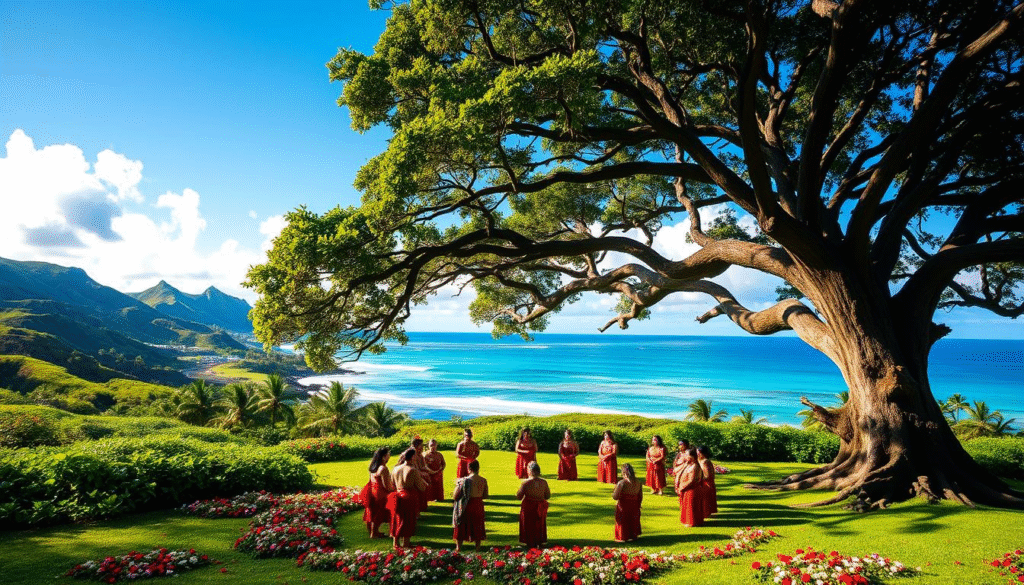
Significance for Future Generations
“Moke” will remain vital for future generations in Hawaiian cultural identity. It’s important to teach and document its proper use and meaning. This ensures it stays relevant and important.
Ways to keep “Moke” significant for future generations include:
- Integrating “Moke” into educational programs and cultural activities
- Encouraging the use of “Moke” in everyday language
- Documenting the history and evolution of “Moke” in Hawaiian culture
This way, “Moke” will continue to shape Hawaiian cultural identity for generations to come.
Conclusion
The journey into the world of “moke” in Hawaiian culture shows a term deeply connected to Hawaii’s history, traditions, and values.
We’ve looked at the origin and definition of “moke”, its cultural setting, and how it has changed over time. “Moke” is more than a word; it’s the heart of Hawaiian identity and heritage.
| Aspect | Description | Significance |
| Historical | Origin and evolution of “moke” | Understanding the historical context |
| Cultural | Role in traditional and modern Hawaiian society | Preservation of cultural heritage |
| Social | Impact on social dynamics and identity | Promoting cultural understanding |
In conclusion, “moke” is a term full of meaning and importance, showing the depth of Hawaiian culture. By grasping and valuing its cultural background, we can grow a deeper respect for Hawaiian identity and heritage.
Sources
To learn more about the Hawaiian language and culture, we looked at several sources:
- Wehewehe Hawaiian Dictionary
- Bishop Museum: Hawaiian Culture and History
- University of Hawaii at Manoa: Hawaiian Language Department
- Kahakai: Protecting Hawaiian Cultural Heritage
These resources are full of information on the Hawaiian language, culture, and history. They give us a deep look into Hawaii’s rich heritage.
FAQ
What does “moke” mean in Hawaiian?
“Moke” in Hawaiian can mean different things. It can refer to someone of Native Hawaiian or part-Native Hawaiian ancestry. It also means a person of Polynesian or Pacific Islander descent.
What is the origin of the term “moke” in Hawaiian culture?
The word “moke” comes from traditional Hawaiian society. It was used to describe people or groups. Over time, its meaning has changed due to cultural and historical influences.
How is “moke” used in modern Hawaiian culture?
Today, “moke” is used in many ways. It’s a term of endearment or to describe someone of Hawaiian or Pacific Islander ancestry. Its use can change based on where you are and who you’re talking to.
What are some common misconceptions about “moke” in Hawaiian culture?
Some people misunderstand “moke” because they’re not familiar with Hawaiian culture. They might think it’s used in a way that’s culturally insensitive. It’s important to understand and respect its cultural context.
How can “moke” be used respectfully in Hawaiian culture?
To use “moke” with respect, you need to know its cultural background. Be aware of its different meanings. Use it in the right situations, like with locals or in cultural events. Avoid using it in a way that’s derogatory or insensitive.
What is the significance of “moke” in Hawaiian language and culture?
“Moke” is very important in Hawaiian culture. It’s connected to identity, ancestry, and community. Preserving and using it with respect is key to keeping cultural heritage alive.
How has “moke” been represented in cultural products and media?
“Moke” has appeared in books, films, TV, music, and art. It shows the cultural importance and nuances of the term. It also gives a platform for cultural expression and representation.
What is the role of “moke” in cultural preservation?
“Moke” is vital for preserving Hawaiian culture. It’s a term deeply connected to Hawaiian identity. Using and respecting it helps keep cultural heritage alive and promotes cultural awareness.
